Before Russia invaded Ukraine, Varvara Tupkalenko’s two sons played at home with miniature cars, like many boys their age.
Today, plastic guns are the favoured toys in their living room in the village of Kalynove, just 15 kilometres from the Russian border in the northeastern Kharkiv region.
Instead of scampering across playgrounds, Andrii, 8, and Maksym, 6, climb through abandoned trenches and charred shells of armoured vehicles that sit on the outskirts of the village.
“They’re kids afflicted by war,” said Tupkalenko.
Europe’s largest land conflict since the Second World War is reshaping the fabric of ravaged Ukrainian frontier communities like Kalynove and leaving unseen as well as visible injuries on their youngest.
The invisible scars can range from anxiety and fear to longer-term effects like poverty, depression and impaired emotional development, international aid agency Save the Children said in a report in February.
“This is how a lost generation becomes a reality,” the report said.
“The longer the conflict continues, the more likely it is that these children will grow up without the opportunities and resources necessary to recover and normalize their lives.”
Last remaining children
In late March, when Reuters first visited the Tupkalenkos, the boys were among the six remaining children in shrapnel-marked Kalynove, whose landscape of wide-open fields and gently rolling hills bears the scars of fighting from early in Russia’s February 2022 invasion.
Now, their mother said, they are the last two.
A Ukrainian counteroffensive in late 2022 pushed Russian troops back from the village outskirts, but both armies still trade blows just 20 kilometres away, leaving the Tupkalenkos struggling to live some semblance of a normal childhood.
That often means playing soldiers and setting up make-believe checkpoints to vet fellow villagers. Cloth netting adorns their wooden fort — protection, they said, from the drones that have leant a new-age deadliness to the war.
Varvara, for her part, is forced to make stark choices for the sake of her children, whose father Yurii was killed on the front line in 2023.
When fighting intensifies, she takes them back to the family’s apartment in nearby Kharkiv, the regional capital. But Ukraine’s second city is itself a major target, and the swarms of drones that pound it at night terrify the boys, she said.
“The kids keep crying, asking to come back to the village,” she told Reuters during one of two visits to Kalynove. “There are spaces here to play, to walk, to ride bikes. There are no chances for that in the city.”
More than 3.5 million Ukrainians have been internally displaced by Russia’s war, at least 737,000 of whom have been children, according to the United Nations.
That number is growing as Russian forces press a grinding advance across much of eastern Ukraine, whose vast landscape has been decimated by fighting that has got heavier during a summer offensive, including in the Kharkiv area.
In Kalynove, where the family uses their vegetable storage basement as a bomb shelter, the boys roam relatively freely, buying potato chips from a largely bare village store and helping their grandfather with home repairs.
Playing on contaminated land
In his yard, shell casings serve as the beginning of a makeshift footpath. Occasionally, the boys turn up jagged pieces of shrapnel or the remains of hand grenades, a dangerous reality in a country widely contaminated with landmines and unexploded ordnance (UXO).
At least 30 children have been killed and 120 wounded by mines or UXO in Ukraine since Russia’s invasion, according to the United Nations’ human rights office.
After fleeing in the first weeks of the invasion, the Tupkalenkos returned in 2023 following the Ukrainian rout of Russian troops in much of the Kharkiv region.
Still, safety is precarious for communities along Ukraine’s sprawling border with Russia. Hours before Reuters’ second visit, a glide bomb tore into the edge of Kalynove, rattling their house and shaking bits of ceiling free.
Another strike targeted the area hours later.
Neither Andrii nor Maksym has ever set foot in a classroom because Russia’s invasion extended the remote learning over the internet that began during the COVID-19 epidemic, depriving more than one million of Ukraine’s seven million children of social contact critical to development, according to the Save the Children report.
Around the same number risk developing post-traumatic stress disorder or depression, it said.
Standing in front of a wall-mounted map inside their home, Andrii talks about his father’s death in a matter-of-fact manner, but with pride.
“If he hadn’t gone on the assault, he wouldn’t have died,” he said, pointing to the village of Klishchiivka, just south of Bakhmut in eastern Ukraine’s Donbas region.
Kateryna Holtsberh, a family psychologist who practices in Kyiv, said the consequences of such losses and traumatic wartime experiences can extend into adulthood.
In some cases, she said, the shocks of war can blunt a child’s emotional awareness, hampering their development.
War can leave children struggling to realize “when another person is feeling pain,” Holtsberh said.
Like many Ukrainian adults who have suffered horrors in the war, one emotion the Tupkalenko boys express clearly is their anger at the Russians whose invasion their father died fighting.
They say “they are murderers” who killed their father, she said.
“‘We will go to the Donbas and avenge him,'” they say.
in-photos-the-last-2-children-in-a-ukrainian-village-scarred-by-war



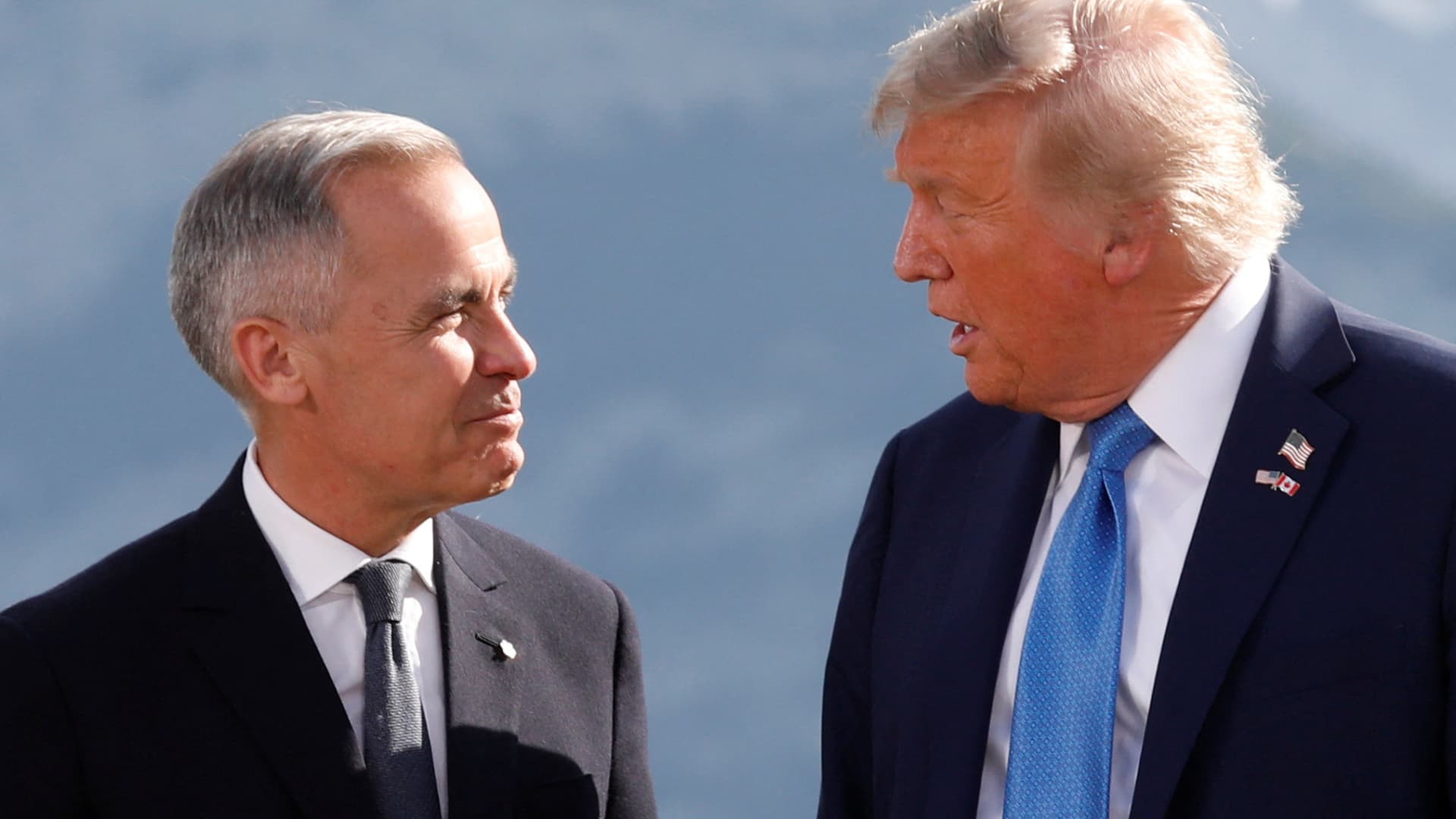
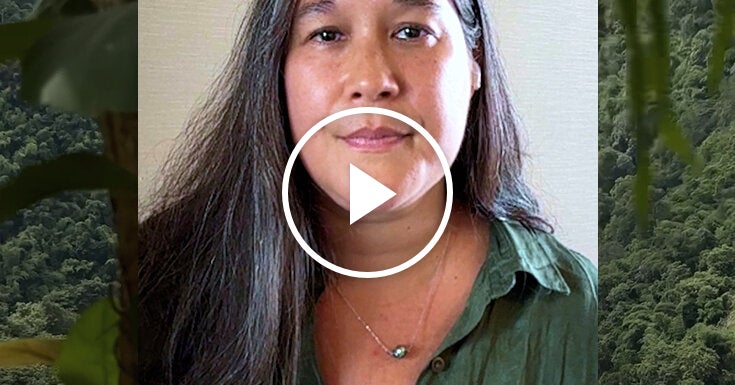
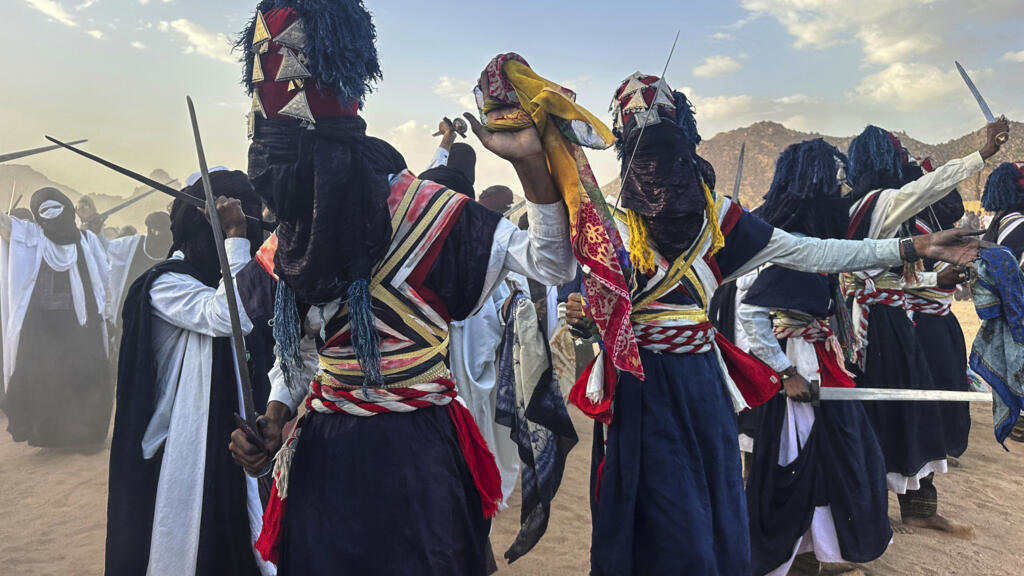
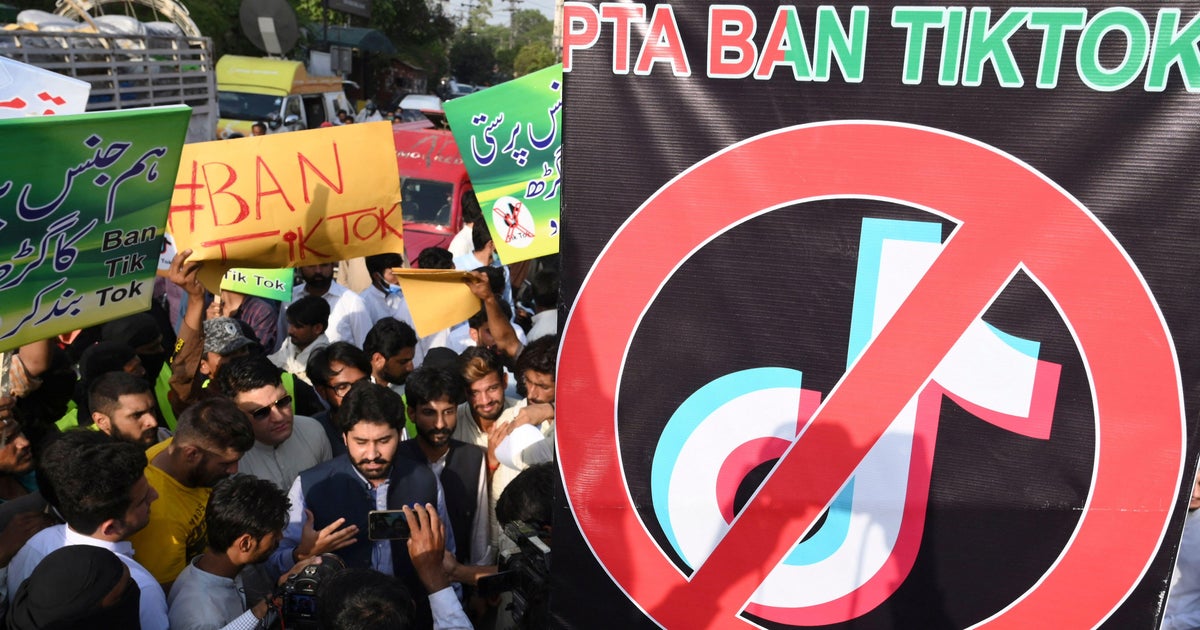
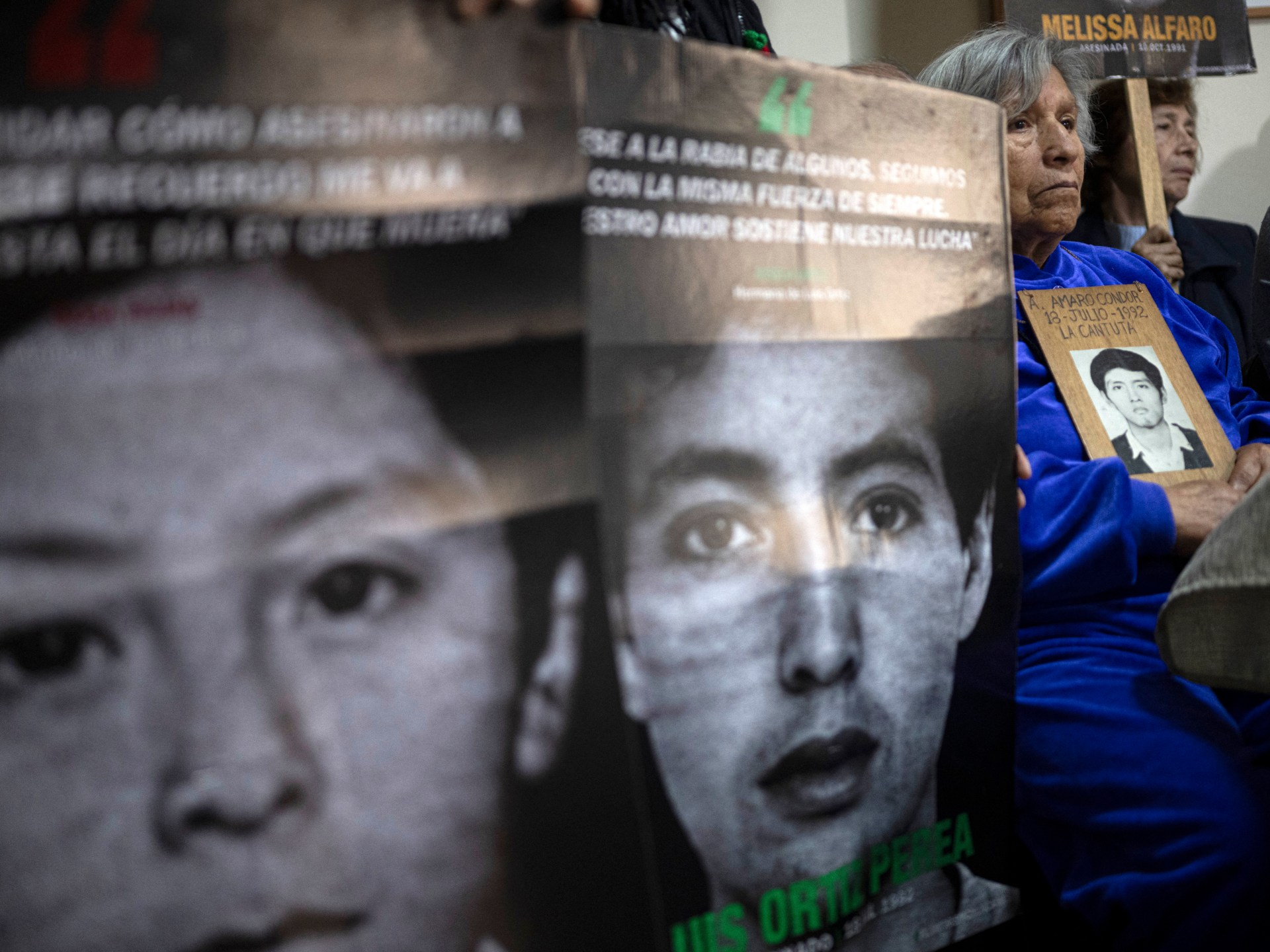
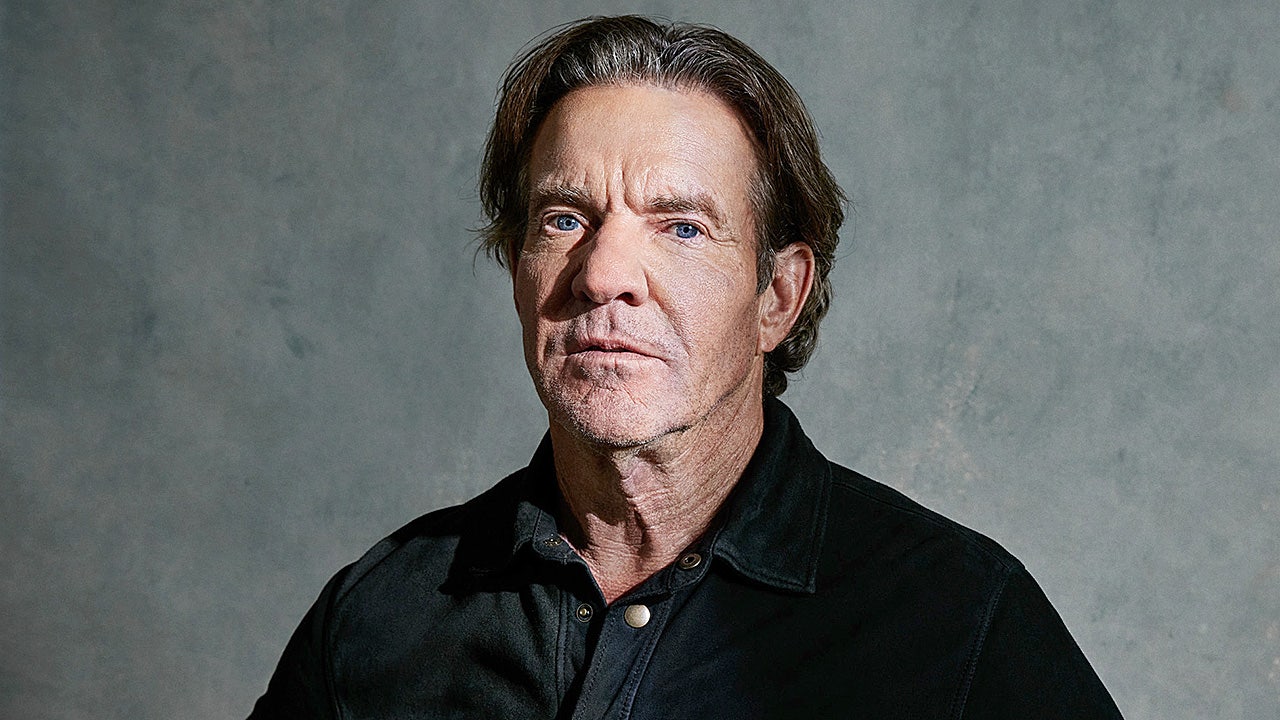
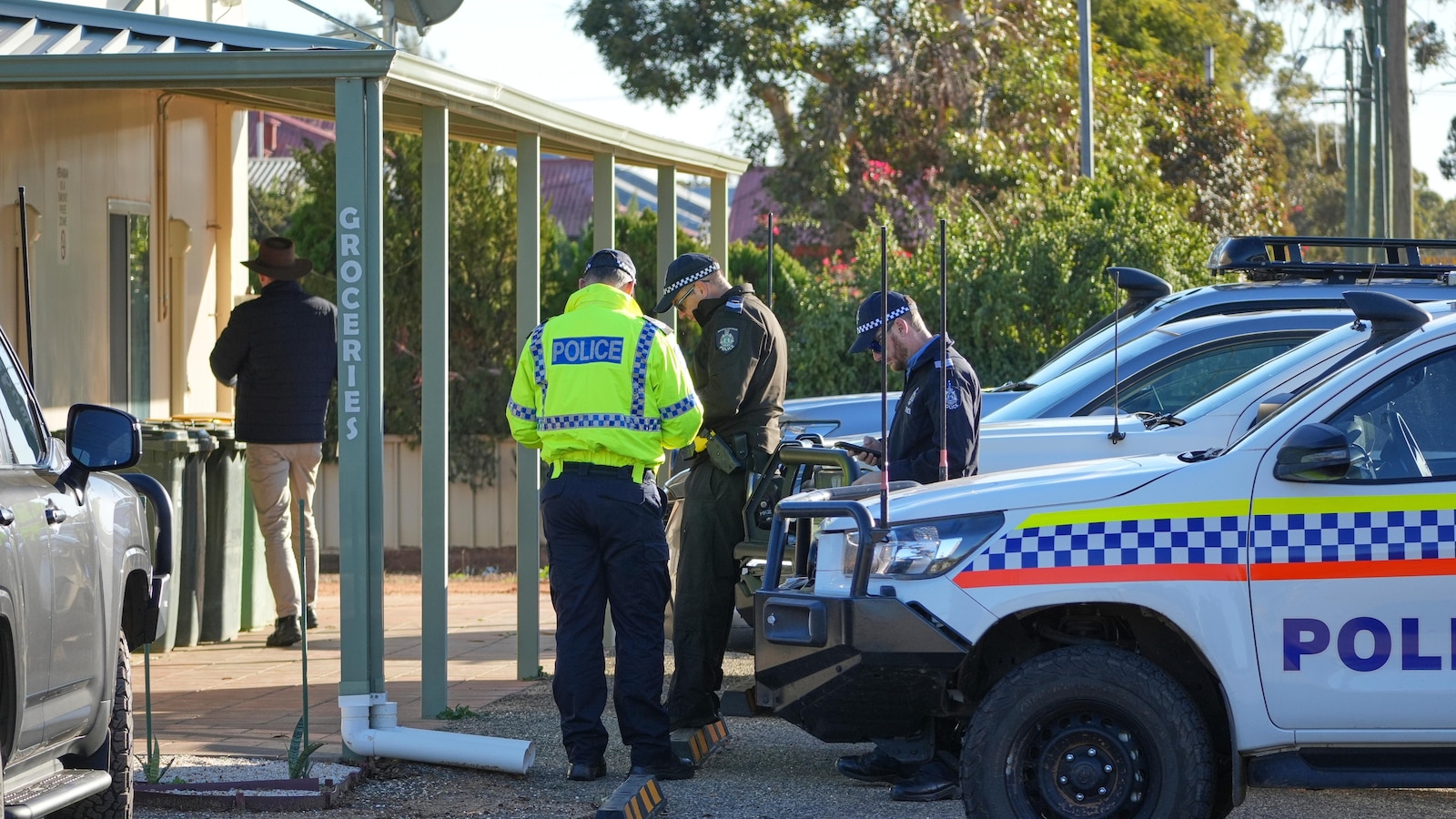
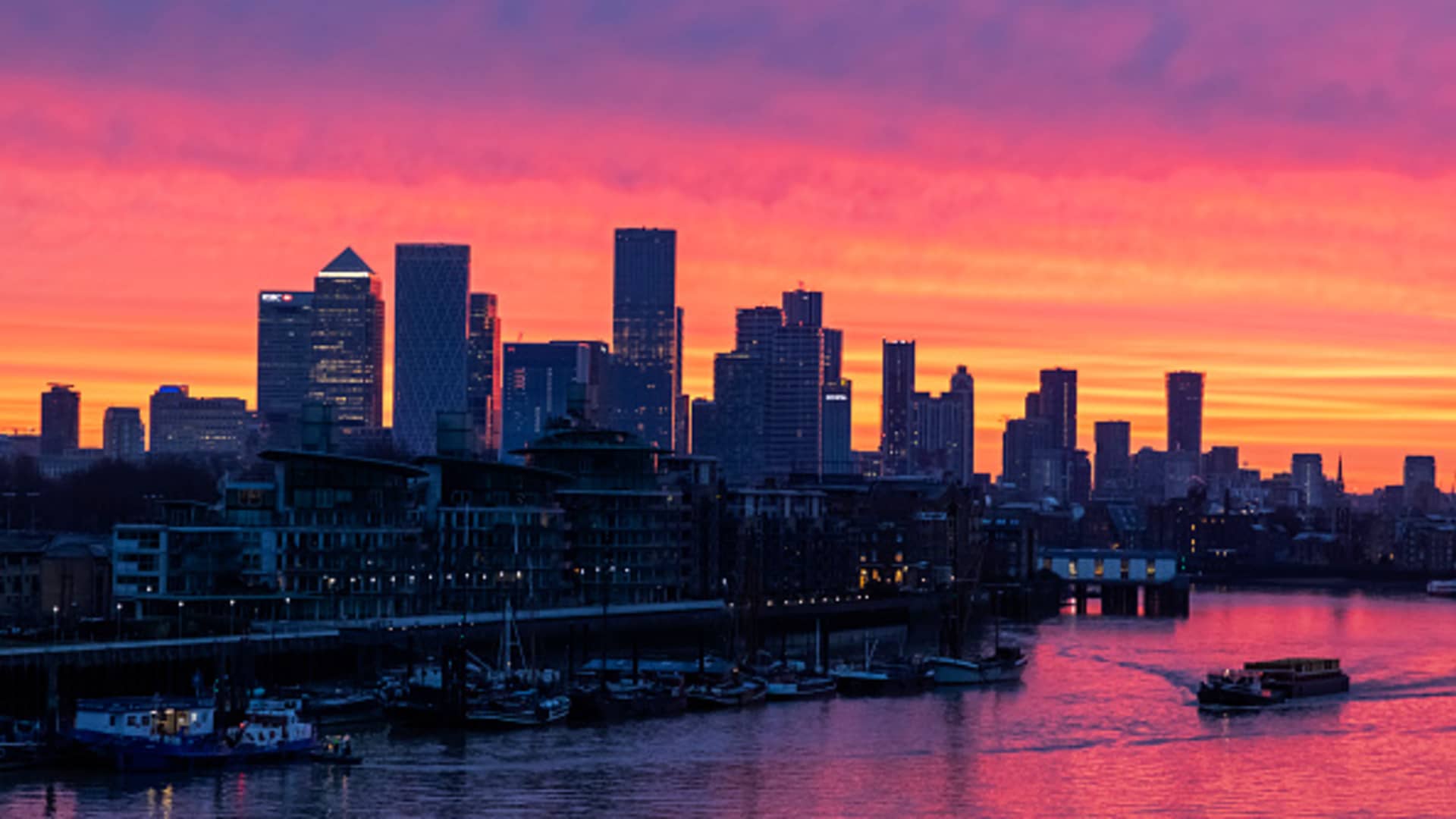
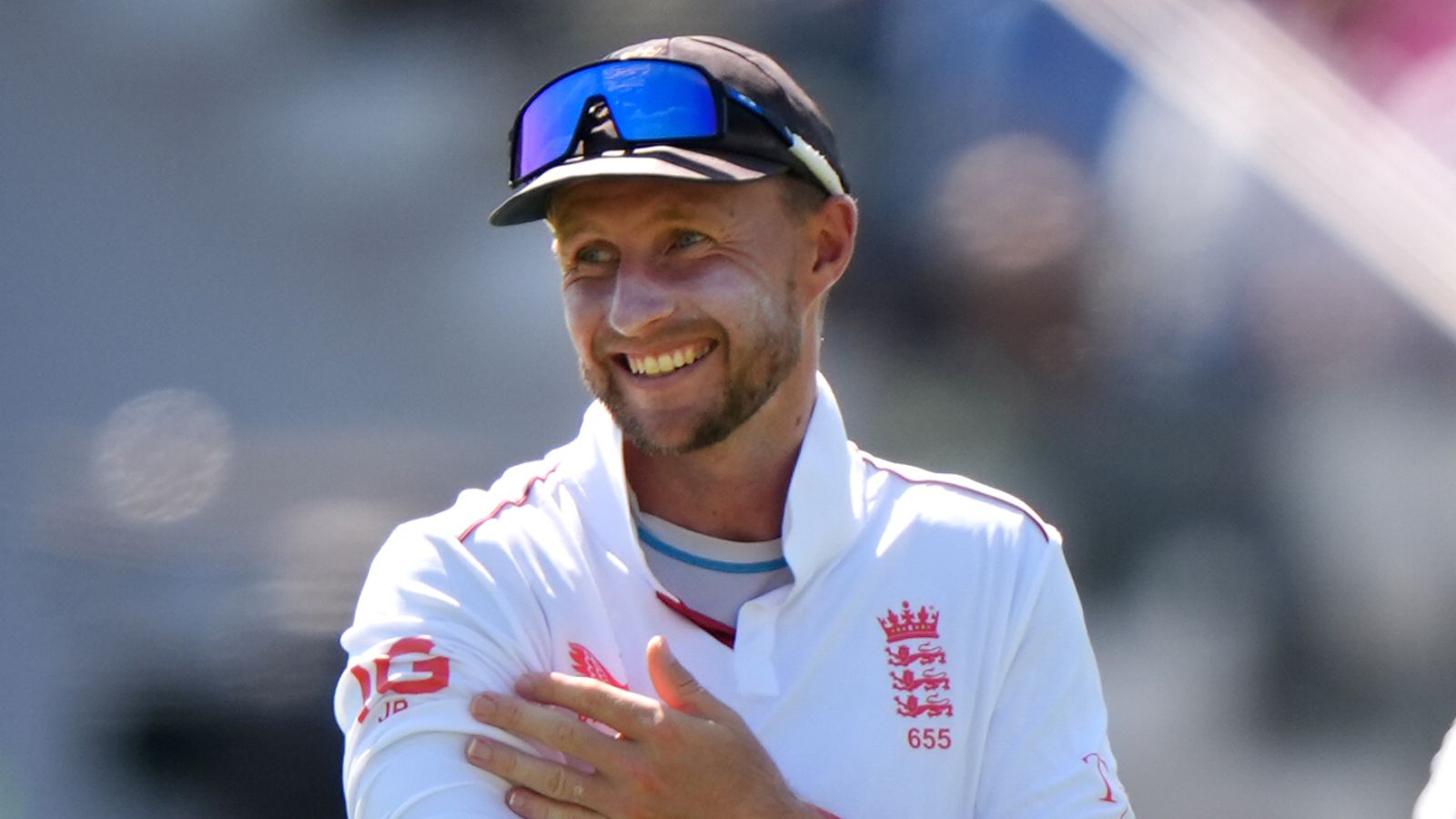
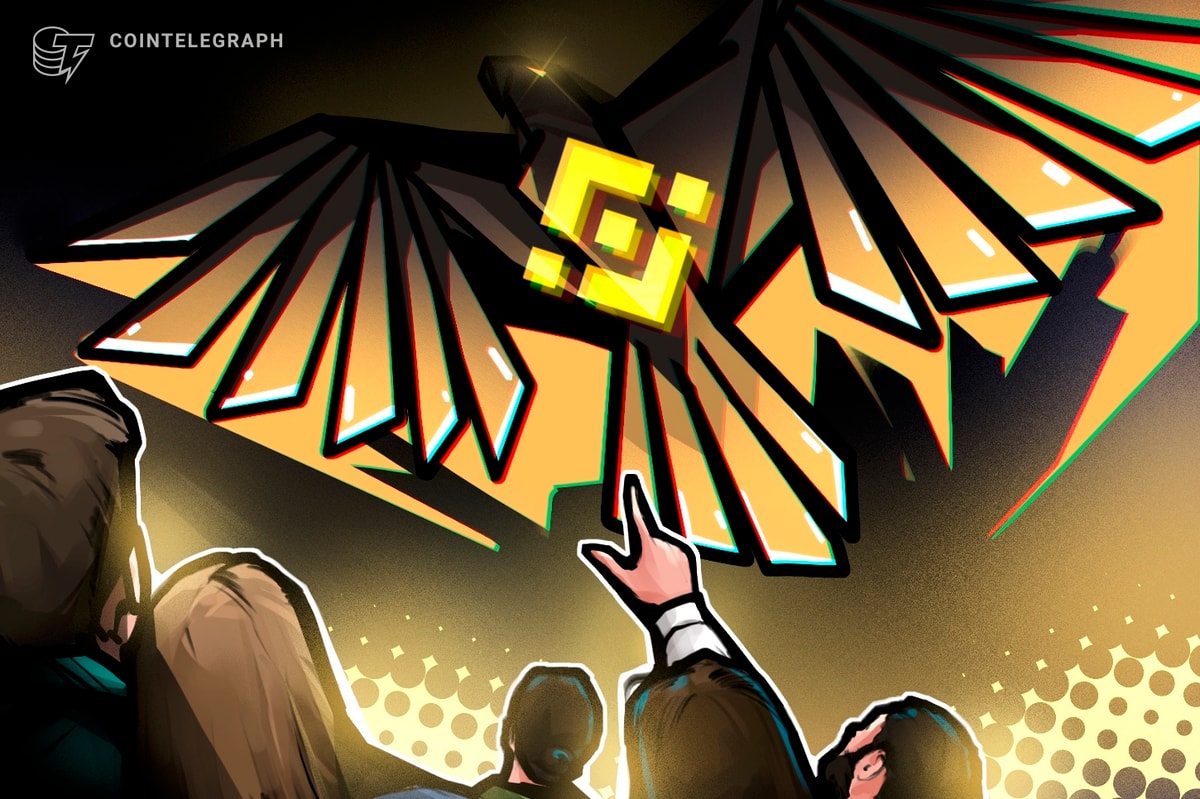
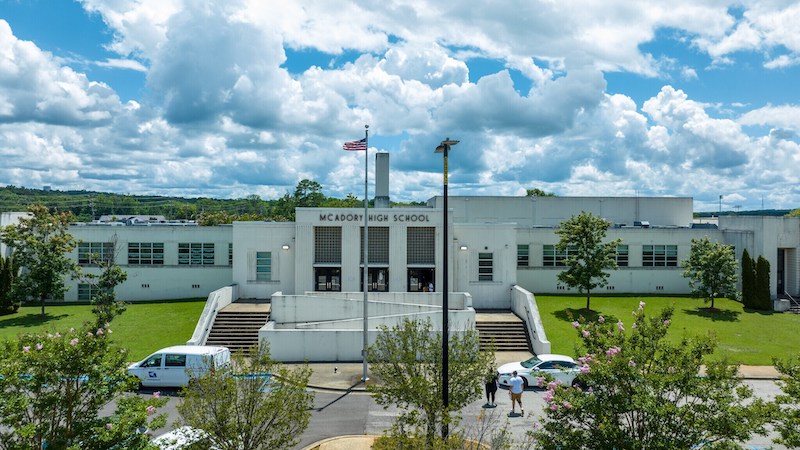
Leave a Reply